The Green Frog is a common North American amphibian. Close your eyes, picture a typical frog, you now know what this species looks like! They live throughout the eastern United States, and researchers recognize two different subspecies throughout that range. Read on to learn about the Green Frog.
Description of the Green Frog
It’s a frog, and it’s green! Just kidding, this species comes in a variety of different colors. While most individuals have green skin, some have predominantly brown or olive colored skin. A rare handful even have blue skin!
Adults typically measure between three and five inches long. The largest individuals reach about three ounces, though most weigh just an ounce or two.
Interesting Facts About the Green Frog
You can easily find this species throughout the eastern United States. Learn what makes this common frog so interesting below.
- Tympanum – When you look at this species, you might notice an oddly round patch of skin on either side of the head. This disk is actually the frog’s eardrum, also known as a tympanum!
- Sexual Dimorphism – The tympanum is also an easy way to distinguish between male and female frogs. On females, these are about the size of their eye. However, the tympanum in males is significantly larger than their eye.
- Communication – Those eardrums come in handy when it is time to mate. Males defend a territory, and use a variety of calls to communicate with other frogs. He uses a specific call to entice females, chase away rival males, and more.
Habitat of the Green Frog
If you can find water in it, you can probably find a frog in it! This species lives in an incredibly vast variety of habitats. They occupy lakes, ponds, swamps, streams, riverbanks, bogs, marshes, and more. However, because their skin is semi-permeable, they cannot live in saltwater habitats and they are sensitive to pollution.
Distribution of the Green Frog
You can find this frog from the southernmost reaches of eastern Canada to northern Florida. In the westernmost extent of their range, these amphibians extend from Canada through Minnesota and south to Texas.
The northern subspecies lives throughout the northeast. The bronze subspecies inhabits all of the southern states from Texas to southern North Carolina.
Diet of the Green Frog
This species is primarily carnivorous, but typically only eats insects and other invertebrates. Some common prey items include flies, slugs, moths, spiders, caterpillars, snails, and even crayfish. The largest individuals even hunt small snakes and other frogs.
Their primary method of hunting is ambush. They sit quietly near the edge of a body of water and wait for prey to stray too close. When it moves within range, the frog hops forward and snatches it up.
Green Frog and Human Interaction
Human activity can be incredibly detrimental to amphibians. Fertilizer runoff and other pollution severely impact these creatures because their skin acts as a semi-permeable membrane. This means that the toxins can penetrate their skin just from them swimming through the water.
However, this species has high population volume and a wide distribution. Though populations in certain regions might face decline, the species overall is stable. Because of this, the IUCN lists this frog as Least Concern.
Domestication
Humans have not domesticated this species in any way.
Does the Green Frog Make a Good Pet
This frog species can potentially make a good pet, but you probably shouldn’t go catching one any time soon. Even though these creatures can be quite docile and friendly, it’s important to remember that they are wild animals. In some regions, they might even be protected by law.
Green Frog Care
Some zoos and aquariums keep these frogs in their collections. As amphibians, they make great ambassadors for the fragile state of the aquatic ecosystems that they live in.
Zookeepers and aquarists house these creatures in relatively large enclosures with controlled humidity and a fresh water source. They feed them commercially produced feed for amphibians, as well as crickets, mealworms, and minnows.
Behavior of the Green Frog
These frogs are both diurnal and nocturnal. This means that they forage throughout both the day and the night. During the colder months they dig burrows and hibernate underground. After they emerge in the spring, they congregate in large numbers to breed. Males use their calls to attract females.
Reproduction of the Green Frog
These amphibians reproduce via amplexus. In amplexus, the male uses his legs to hold onto the top of the female. The female releases her eggs, and the male fertilizes them outside of the body.
They breed and release eggs in a body of water. Clutches contain up to 7,000 eggs. It takes about a week for the eggs to hatch into tadpoles.

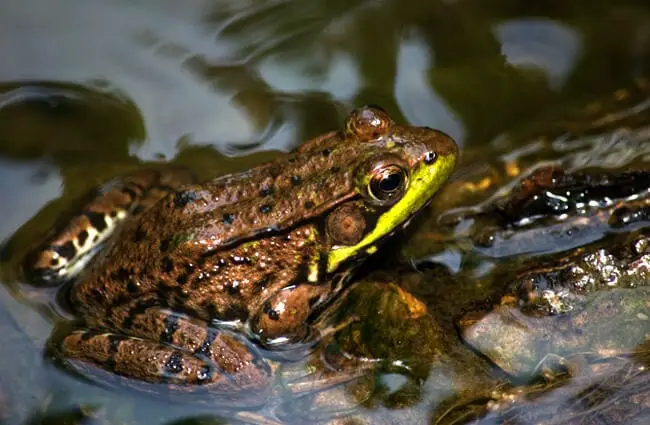

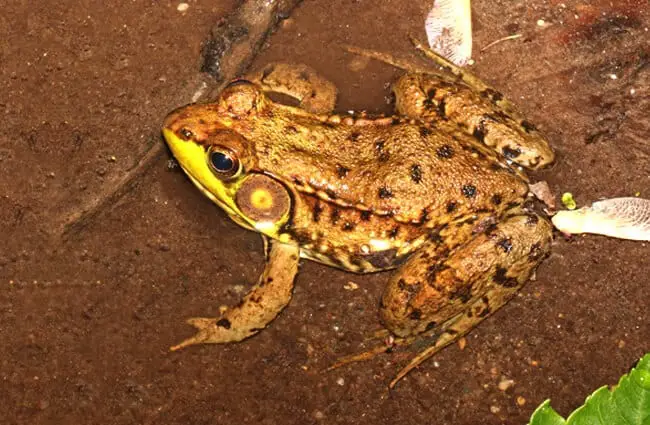
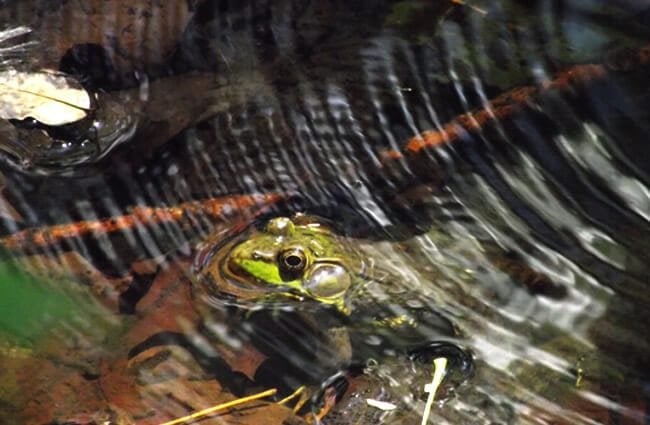
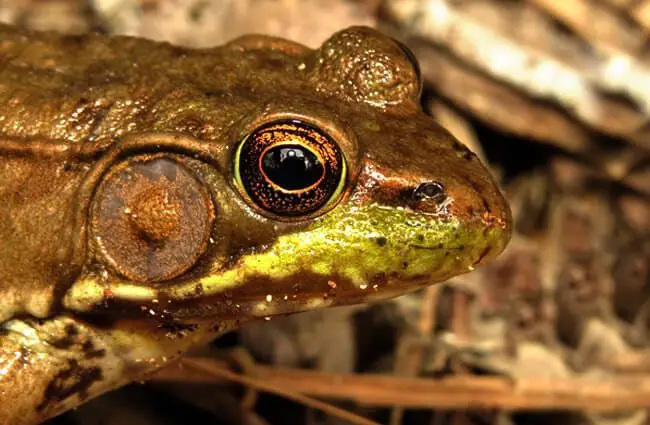


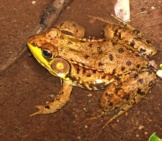
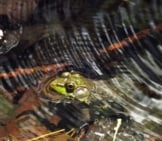
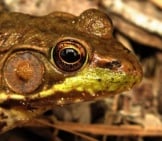
![Red Angus Closeup of a beautiful Red Angus cowPhoto by: U.S. Department of Agriculture [pubic domain]https://creativecommons.org/licenses/by/2.0/](https://animals.net/wp-content/uploads/2020/03/Red-Angus-4-238x178.jpg)












![Red Angus Closeup of a beautiful Red Angus cowPhoto by: U.S. Department of Agriculture [pubic domain]https://creativecommons.org/licenses/by/2.0/](https://animals.net/wp-content/uploads/2020/03/Red-Angus-4-100x75.jpg)

